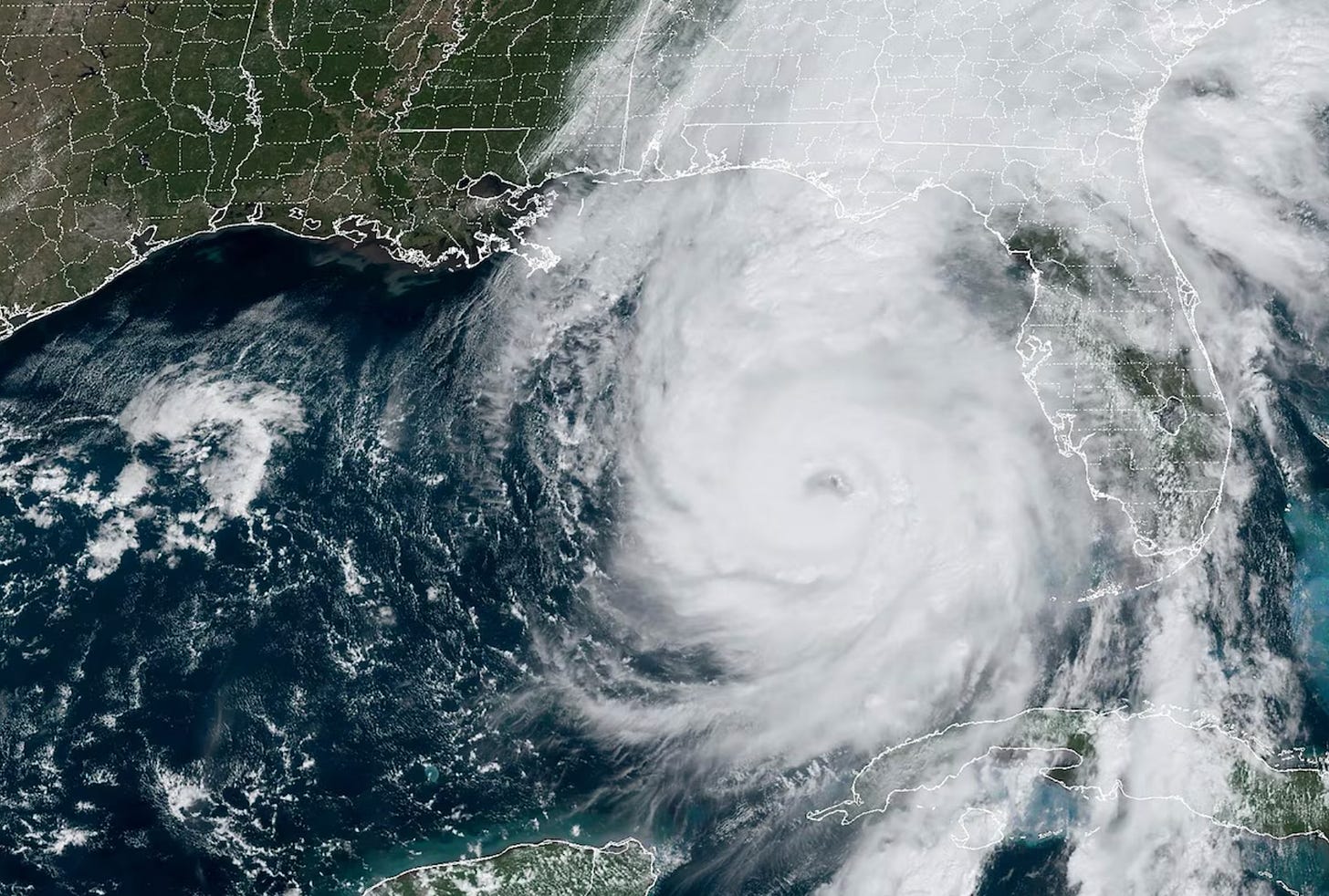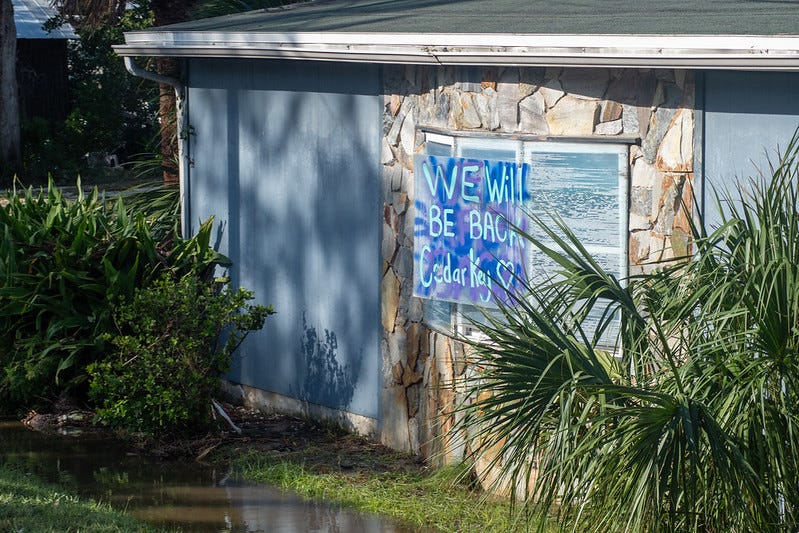Trump freeze on charging station funds may be death knell for some
Welcome to Callaway Climate Insights, your guide to global climate risk and financial analysis.
Today’s edition of Callaway Climate Insights is free for all our readers. We really want to bring you the best and latest in climate finance from around the world. Please subscribe now.

President Donald Trump’s freeze this week on spending of the rest of a $5 billion federal fund set up to build EV charging stations across the country might be the death knell for many beleaguered charging stations stocks.
Stocks such as Chargepoint CHPT 0.00%↑ and Blink BLNK 0.00%↑, already penny stocks, fell after the freeze, which was expected as part of Trump’s campaign against EVs. Even Tesla TSLA 0.00%↑ shares were down slightly Tuesday.
While electric vehicles in general are expected to survive the assault on federal subsidies — based on small but still growing demand in some quarters — without a viable charging network across the country it’s difficult to see the industry proliferating. Even Tesla, which benefits from the withdrawal of subsidies to its competitors and already has the largest charging network, makes money from selling adapters to other EV owners so they can use charge at Tesla stations.
It’s not clear how much of the $5 billion in funding is left. The Biden team scrambled in the last few months to disperse as much of the funds as possible, which were tied to his Inflation Reduction Act program. But some states have reported being cleared for funding though they did not get the money yet. Like so many other programs in these first few days of the new president, they are in limbo.
According to the Department of Energy, more than 80% of EV owners across the country have home chargers, so they will see less impact. But by choking off a key network for early adapters, the president is making good on his promise to give the struggling EV industry an even rougher ride.
Don’t forget to contact me directly if you have suggestions or ideas at dcallaway@callawayclimateinsights.com.
Follow us . . . .
Twitter | LinkedIn | Facebook | Instagram
Hulbert: A contrarian take on carbon capture and storage
. . . . Carbon capture and storage, or CCS, has long played second fiddle to renewable energy in terms of helping solve harmful greenhouse gas emissions that cause climate change, reviled by environmentalists because fossil fuel companies support it but also regarded as an afterthought to drilling and developing new oil and gas.
While more than 300 CCS startups have sprung up in the past few years to develop new carbon capture technologies, the slow pace of success and lack of any sort of scale to deal with the problem has held the industry back, at least in the eyes of investors. But Mark Hulbert, citing a new survey tied to contrarian analysis, writes that the industry appears to be following similar tracks of the solar, wind and nuclear industries when they were young.
According to the survey, each industry went through a formative phase, followed by an acceleration phase and then a stable growth phase. For investors who are fans of contrarian analysis, it’s worth a look as CCS may be developing faster than we think but under the radar.
Thursday’s subscriber insights
Extreme weather and global climate systems top risks over next decade, Davos survey says
. . . . It wouldn’t be mid-January without the World Economic Forum summit of global leaders in Davos, Switzerland. And while we used to go every year and trudge through the snow, we’re home this year in sunny California.
Apparently, there’s little snow this year as well, perhaps a sign to CEOs and politicians that climate change is tired of waiting for them to make any big decisions on reducing harmful greenhouse gas emissions. But aside from the non-stop Trump chatter, the annual Davos survey of greatest risks is out — and they’re mostly environmental.
Over the next year, war is obviously the top risk, followed by extreme weather. But over the next decade, it’s all extreme weather and concern about shifting in global climate systems, such as currents, or melting Arctic ice. Biodiversity loss, ecosystem collapse, and natural resources shortages rounded out the top four risks over the next decade, according to the Global Risk Report.
Note there is nothing in the top 10 risks about AI, then the vague “disinformation” risk.
It says something that a survey of scores of economists, academics, business leaders, and civil organizations would identify the top five risks to the world as climate-related yet still charge headlong into a new political era that ignores reducing fossil fuels, cuts back on climate regulations, and clamps down on the scientists who so far have been 100% correct about the world’s changing climate.
Or maybe that’s just the U.S. Still, for climate investors wondering what the play will be over the next few years, rest assured that climate risk is just beginning.
Editor’s picks: No place is safe; another exploding LA fire
Watch the video: In 2022, climate scientist Peter Kalmus moved his family out of Altadena, Calif., to North Carolina, to a place he hoped would be “less fiery.” His old house burned to the ground in the recent wildfires, while North Carolina suffered the effects of Hurricane Helene last fall. Kalmus tells CBS correspondent Tracy Smith he hopes people are finally listening to warnings about climate change. Smith also talks with amateur meteorologist Edgar McGregor, who warned his fellow Altadena residents to get out as the flames approached; and with John Vaillant, author of “Fire Weather: On the Front Lines of a Burning World.”
Another fire rages north of Los Angeles
Interstate 5 in northern Los Angeles County was closed Wednesday as a wind-driven wildfire burned almost 10,000 acres near the unincorporated community of Castaic, prompting mandatory evacuation orders for tens of thousands of people. The Hughes Fire broke out around 10:45 a.m. near Castaic Lake and grew quickly. The area is about 15 miles north of Santa Clarita. Angeles National Forest officials posted on social media today that firefighters, with support from aircraft and dozers, fought aggressively overnight and were challenged by extreme fire behavior, terrain, and weather. They kept the fire front from spreading to Elderberry Canyon, the Castaic Hydroelectric Power Plant and surrounding communities.
Latest findings: New research, studies and projects
Climate risk and insurance premiums
As climate change exacerbates natural disasters, homeowners’ insurance premiums are rising dramatically. The authors of new research titled Climate Risk, Insurance Premiums, and the Effects on Mortgage and Credit Outcomes examine the impact of premium increases on borrowers’ mortgage and credit outcomes using new data on home insurance policies for 6.7 million borrowers. The authors find that higher premiums increase the probability of mortgage delinquency, as well as prepayment (driven mainly by relocation). “Our findings unveil a channel through which climate change can threaten household financial health and potentially impact the stability of the financial system.” Authors: Shan Ge, New York University, Stern School of Business; Stephanie Johnson, Rice University - Jesse H. Jones Graduate School of Business; Nitzan Tzur-Ilan, Federal Reserve Banks, Federal Reserve Bank of Dallas
More of the latest research:
The Right to Strike and the Climate Crisis (International Labour Review)
Words to live by . . . .
“We must alert and organize the world’s people to pressure world leaders to take specific steps to solve the two root causes of our environmental crises — exploding population growth and wasteful consumption of irreplaceable resources. Overconsumption and overpopulation underlie every environmental problem we face today.” — Jacques Cousteau, ocean explorer and conservationist.






Ha yes. I’m happy to stay here. And maybe the fires will scare everyone else away.
Tks Rich. Agree we’re in for a tough time.